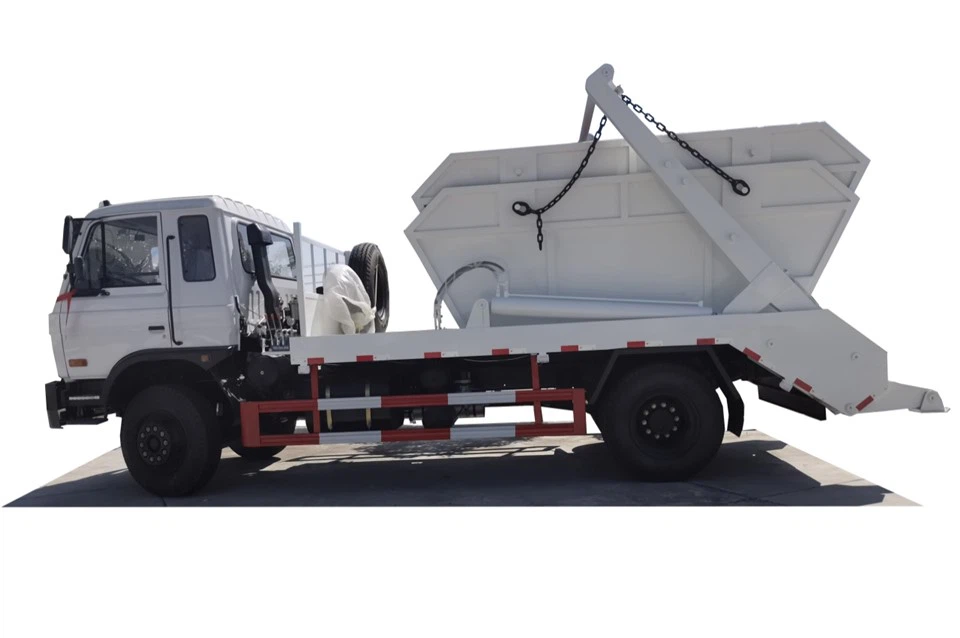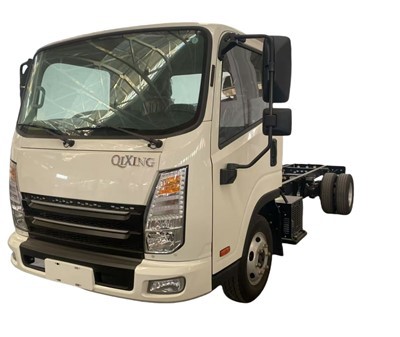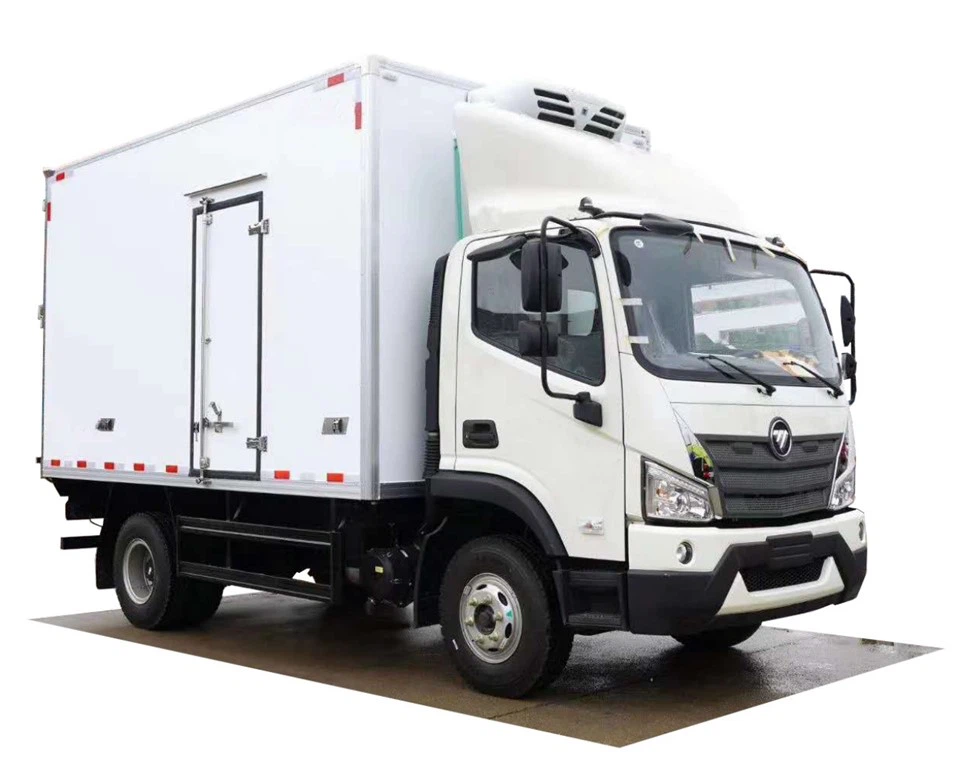Understanding Premier Truck Leasing: A Comprehensive Guide

Introduction
In the fast-paced world of transportation and logistics, having the right vehicle is crucial for success. Whether you’re a small business owner or part of a larger fleet, understanding your options can save you time and money. One of the most effective ways to manage your transportation needs is through premier truck leasing. This article will provide a thorough insight into premier truck leasing, covering its benefits, costs, and practical examples. You’ll also find tips to help you make informed decisions for your business.
What is Premier Truck Leasing?
Premier truck leasing refers to a leasing agreement specifically designed for the acquisition of trucks. Unlike traditional vehicle purchases, leasing allows businesses to use trucks for a specified period while making monthly payments. This approach provides flexibility, lower upfront costs, and access to the latest models without the burden of ownership.
The Benefits of Premier Truck Leasing
Premier truck leasing offers several advantages that can significantly enhance your business operations. Some key benefits include:
1. Lower Upfront Costs
When leasing trucks, you usually pay a significantly lower upfront cost compared to purchasing. This allows businesses to conserve capital for other essential needs.
2. Flexible Terms
Leasing agreements often come with various terms, allowing businesses to select the duration that best fits their operational requirements, whether short-term or long-term.
3. Access to Newer Models
Leasing makes it easier to acquire newer truck models equipped with advanced technology, safety features, and better fuel efficiency.

4. Reduced Maintenance Costs
Most leases include maintenance services as part of the agreement, relieving businesses of additional upkeep expenses.
5. Tax Benefits
Leasing payments may be tax-deductible, potentially offering financial advantages over purchasing a vehicle outright.
Types of Premier Truck Leasing
Understanding the different types of truck leasing can help businesses choose the right option for their needs. Here are the main types:
1. Operating Lease
This type of lease is typically short-term and does not require the lessee to take ownership of the truck at the end of the lease term. Operating leases often include maintenance options.
2. Capital Lease
Capital leases are similar to financing options; they allow lessees to eventually take ownership of the truck at the end of the lease period. This option requires a longer commitment but could be suitable for companies planning to keep the vehicle long-term.
3. Closed-End Lease
Closed-end leases are often more forgiving regarding wear and tear, as long as the vehicle is returned in good condition. This makes them popular for businesses looking for flexibility.
4. Open-End Lease
This type of lease places the risk of the truck’s residual value on the lessee, which can result in additional charges if the vehicle is worth less than expected at the end of the lease term.

How to Choose the Right Truck Leasing Company
Selecting a reputable truck leasing company is essential for a smooth leasing experience. Here are some tips to consider:
1. Research Options
Look for companies that specialize in truck leasing and have positive reviews from other customers. Take the time to read testimonials and check ratings on platforms like Google or Yelp.
2. Compare Pricing
Get quotes from multiple leasing companies and compare their offers. Look beyond just monthly payments; consider what services are included, such as maintenance and insurance.
3. Assess Customer Service
Excellent customer service can make a significant difference in leasing experiences. Choose a company known for its responsive and supportive staff.
4. Inquire About Lease Terms
Make sure you fully understand the lease terms and conditions before signing anything. Look out for hidden fees or clauses that might lead to unexpected costs later on.
Costs Involved in Premier Truck Leasing
When considering premier truck leasing, it’s crucial to understand the associated costs. Here’s a breakdown:
| Cost Type | Description |
|---|---|
| Down Payment | Initial payment made at the start of the lease, typically lower than when purchasing a truck. |
| Monthly Lease Payments | Regular payments that vary based on the truck model, lease duration, and company. |
| Maintenance Fees | Costs associated with regular maintenance, which may be included in some lease agreements. |
| Insurance | Insurance costs can be higher for leased vehicles, depending on coverage requirements. |
| End-of-Lease Fees | Potential costs for excess wear and tear or mileage beyond limits set in the lease agreement. |
The Process of Leasing a Truck
Leasing a truck involves several steps. Here’s a general overview of the process:
1. Determine Your Needs
Analyze your business requirements to select the appropriate type, size, and quantity of trucks needed.
2. Research Leasing Companies
Look for reputable leasing companies that fit your criteria and offer the trucks you need.
3. Request Quotes
Contact leasing companies to get detailed quotes tailored to your specific needs. Make sure to ask about the total costs and services included.
4. Review Terms
Thoroughly review the lease terms and conditions. Pay close attention to mileage limits, maintenance agreements, and any penalties.
5. Sign and Take Possession
Once satisfied with the terms, sign the lease agreement and take possession of the truck(s). Ensure you keep copies of all paperwork for your records.
Practical Tips for Successful Truck Leasing
To ensure a positive leasing experience, consider the following practical tips:
1. Keep Records
Maintain accurate records of mileage and maintenance to avoid disputes when returning the vehicle.
2. Regular Maintenance
Follow the recommended maintenance schedule to ensure that the truck remains in good condition throughout the lease term.
3. Budget for Additional Costs
Prepare for additional costs such as insurance and maintenance, which can vary based on usage.
4. Communicate with Your Leasing Company
If you encounter issues or changes in business needs, communicate with your leasing company as early as possible for potential solutions or adjustments.
FAQs About Premier Truck Leasing
1. What is the typical lease duration for a truck?
Most truck leases range from 2 to 5 years, but it can vary based on the leasing company and specific agreements.
2. Can I customize a leased truck?
Many leasing companies allow for some customization, but it’s crucial to check with your provider on what is permitted under the lease terms.
3. What happens if I exceed the lease mileage limit?
Exceeding the agreed mileage can result in additional fees at the end of the lease term. It’s essential to consider your expected usage before signing.

4. Are there tax benefits to leasing a truck?
Yes, lease payments may be deductible as business expenses, which can provide financial benefits compared to purchasing.
5. Can I return the truck before the lease term ends?
Early termination is possible, but it often comes with fees. Check with your leasing company for specific policies regarding early return.
6. How do I prepare for the end of my lease?
Inspect the vehicle for any damage, ensure regular maintenance is up-to-date, and keep records of mileage and wear. Communicate with your leasing company for next steps.
